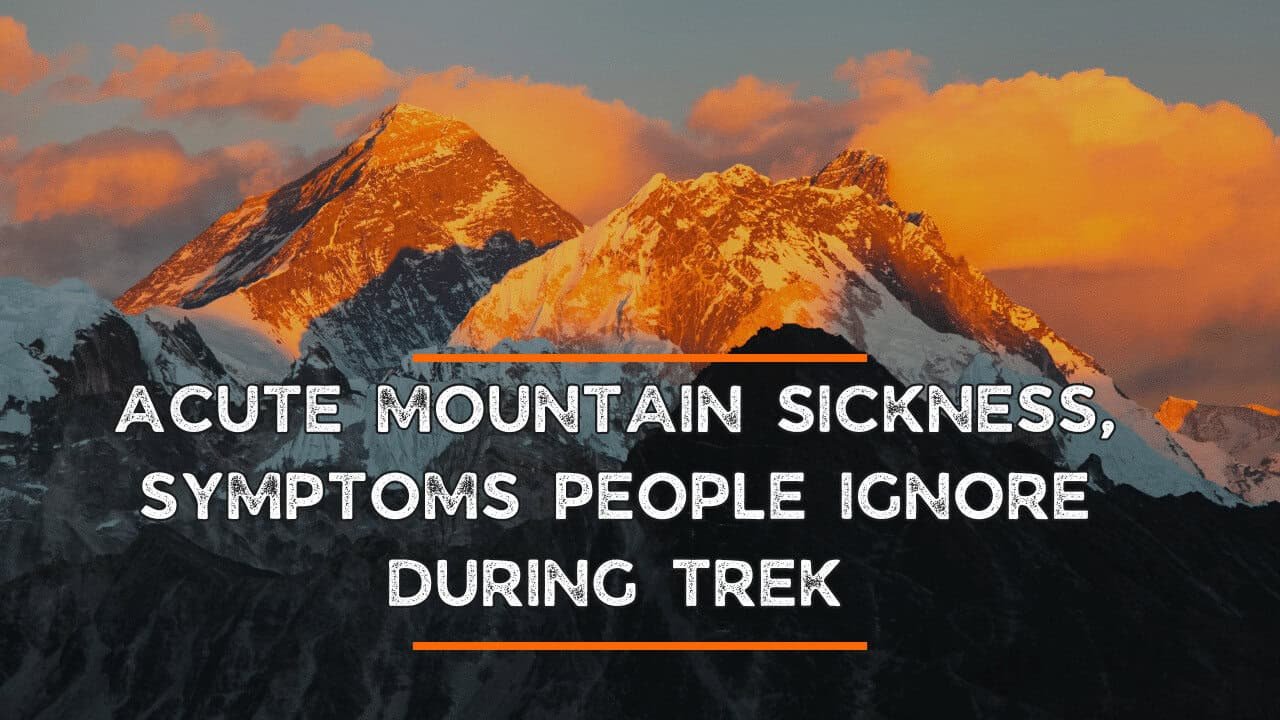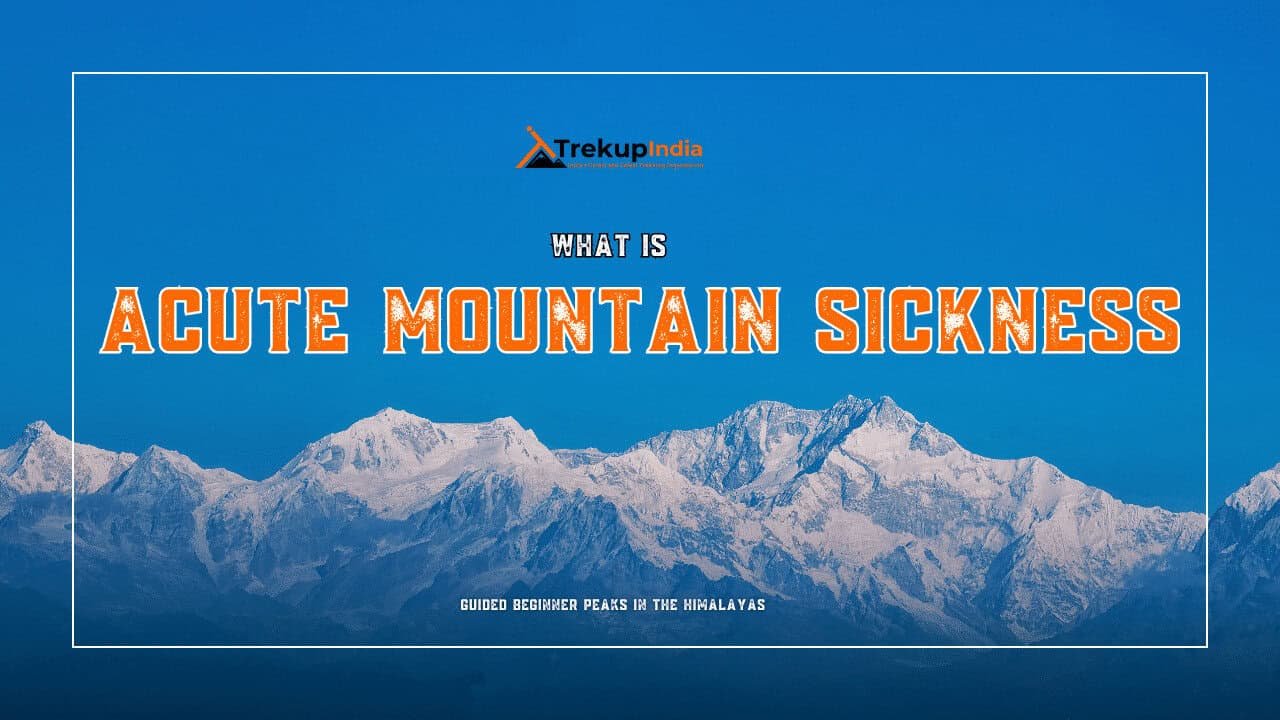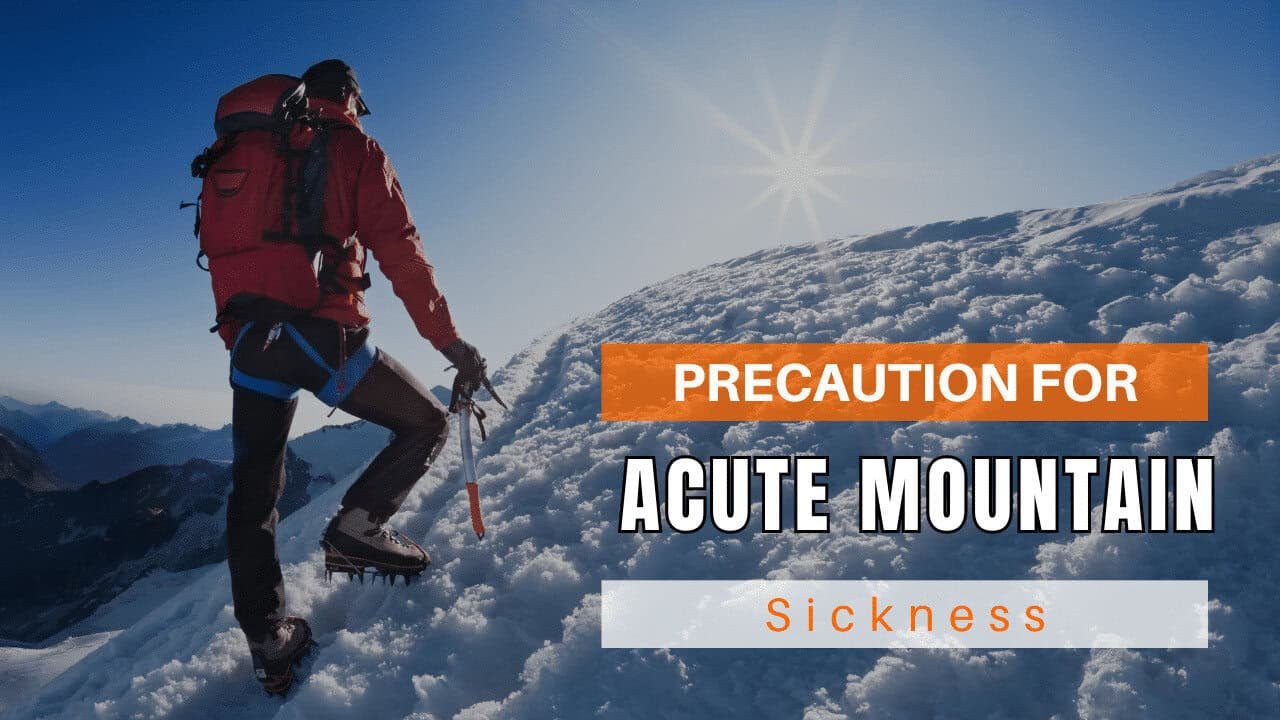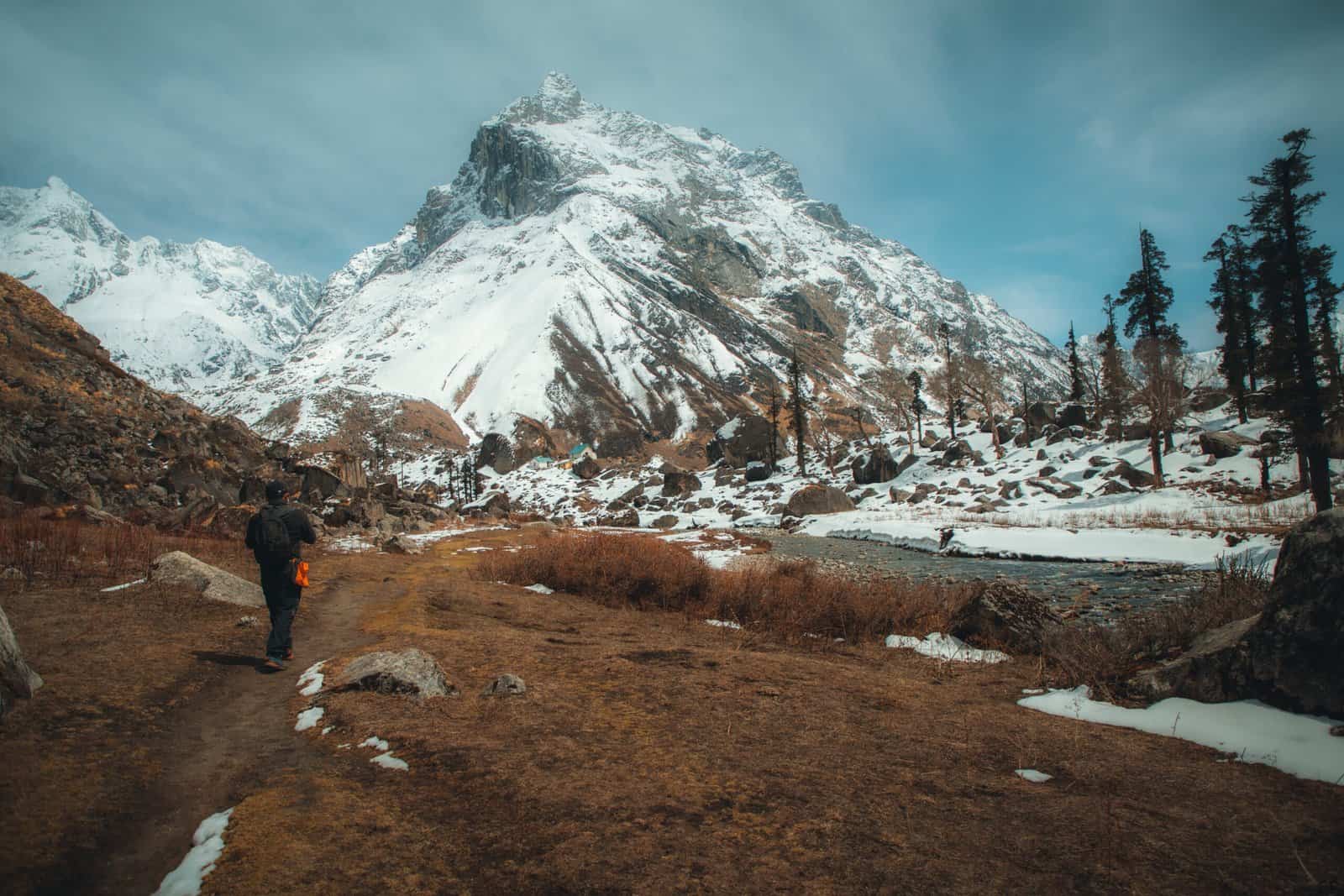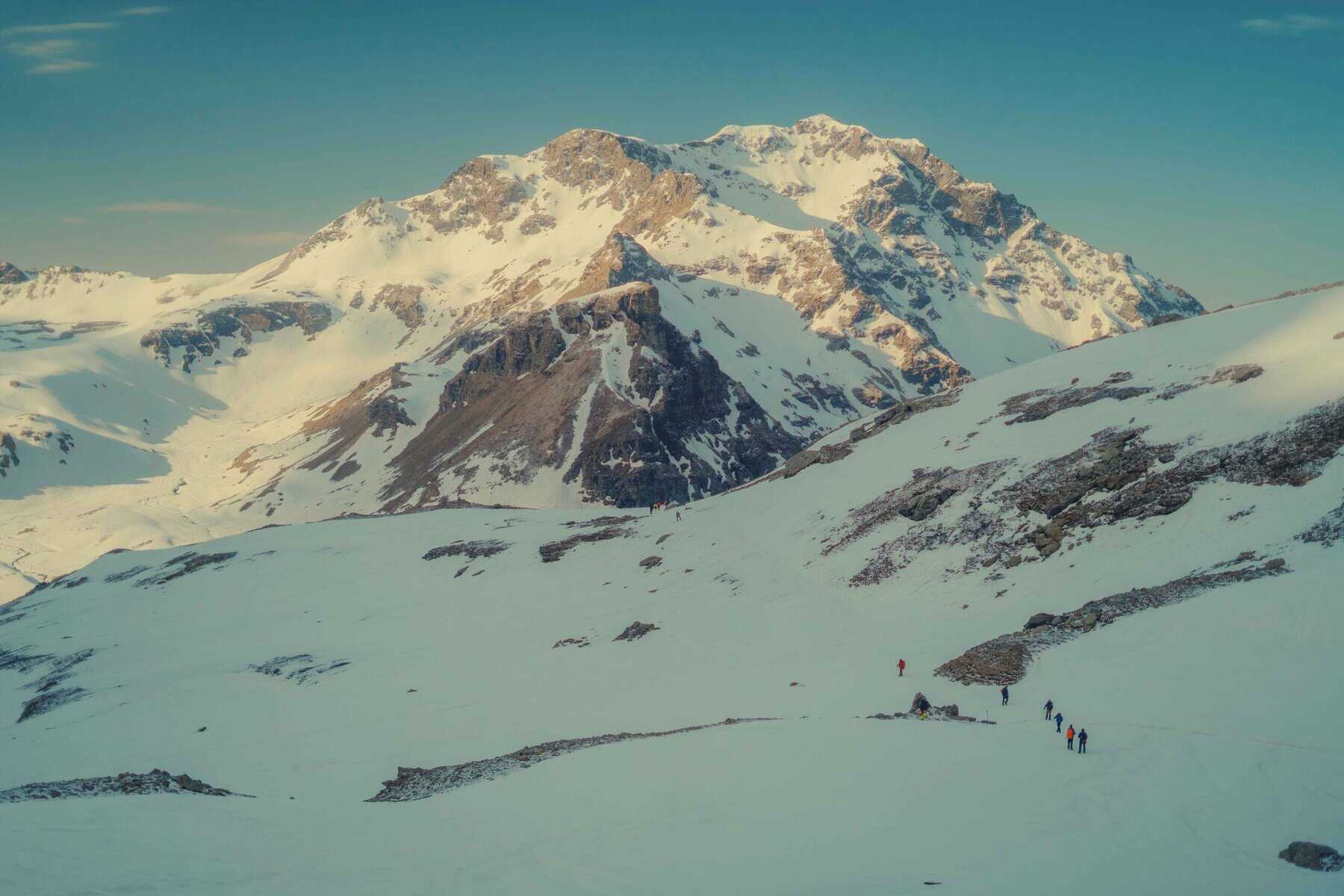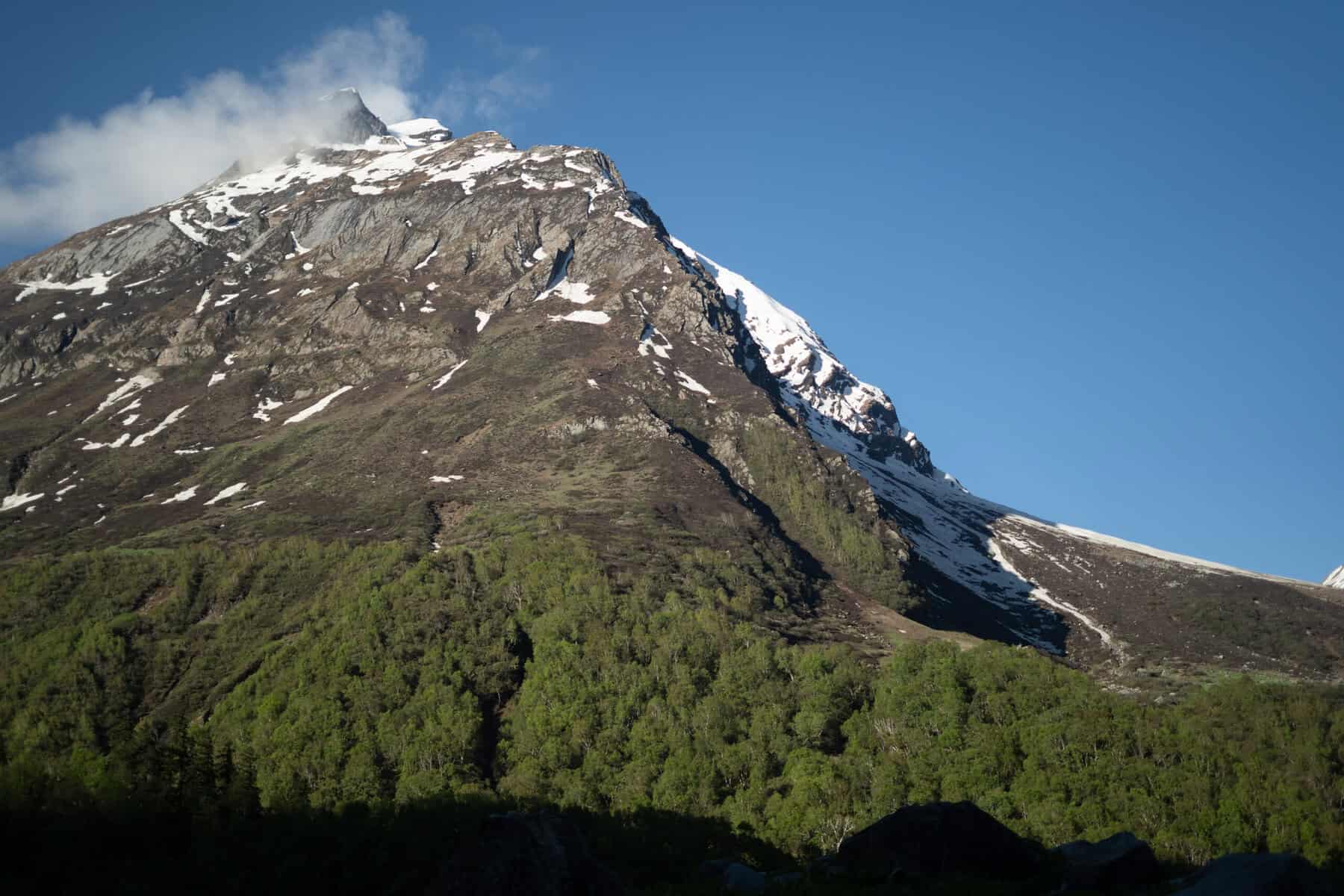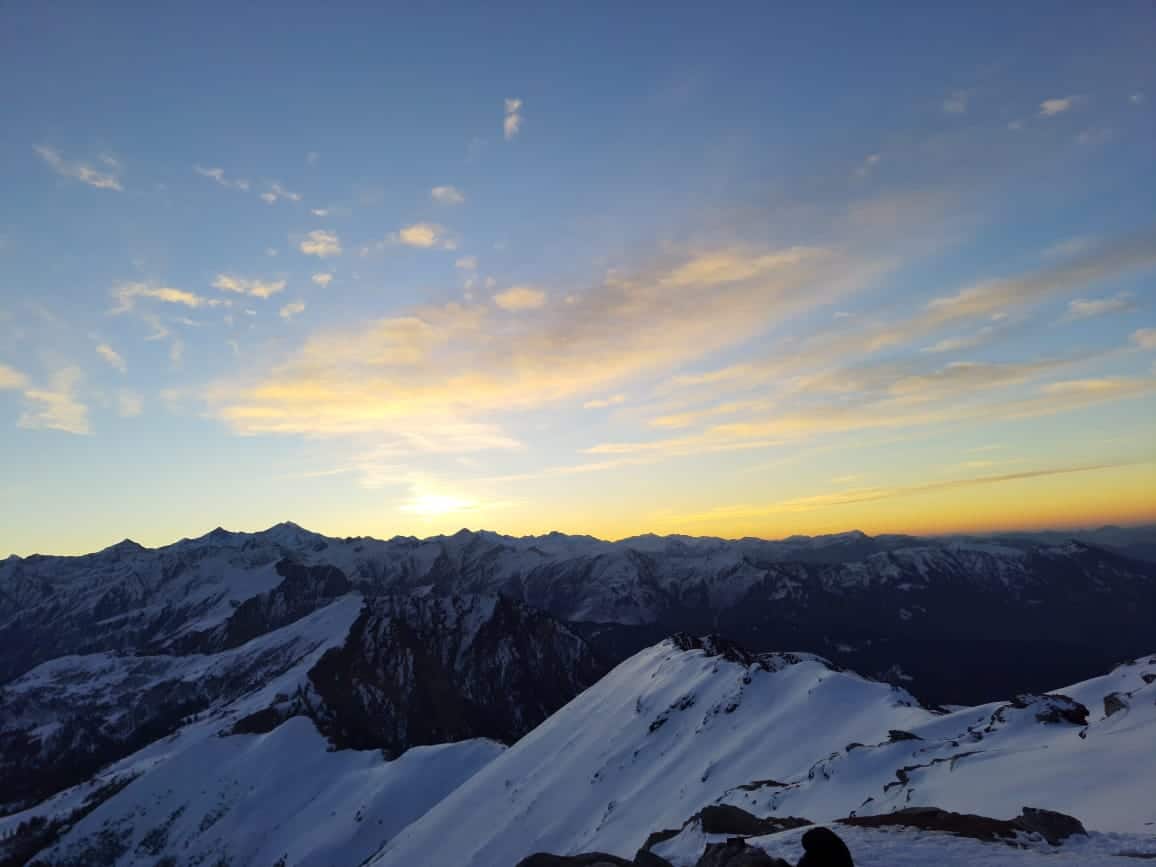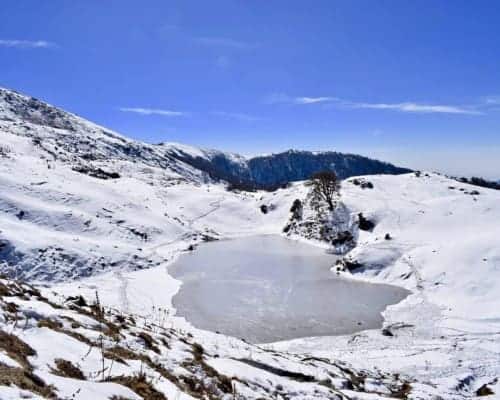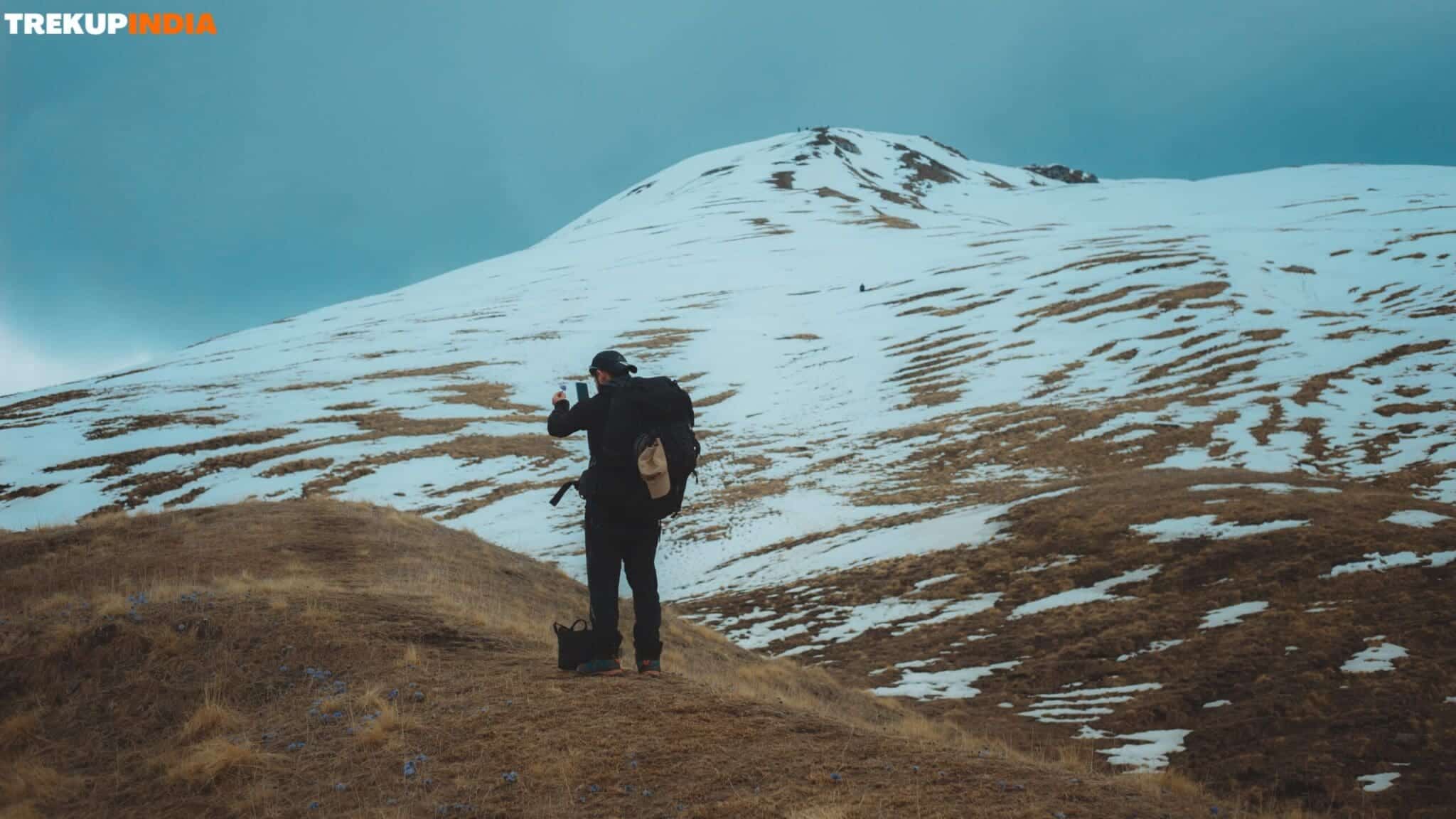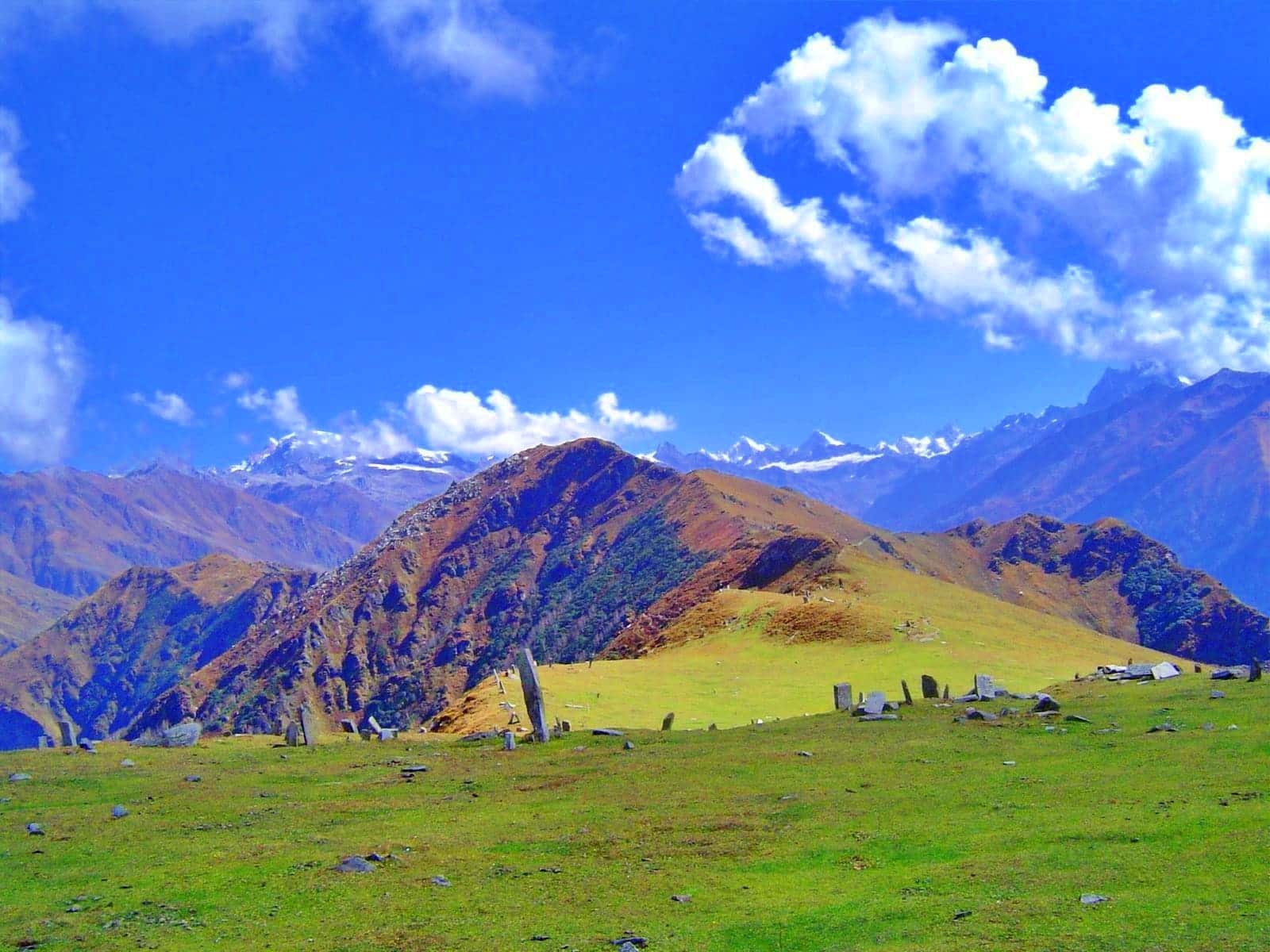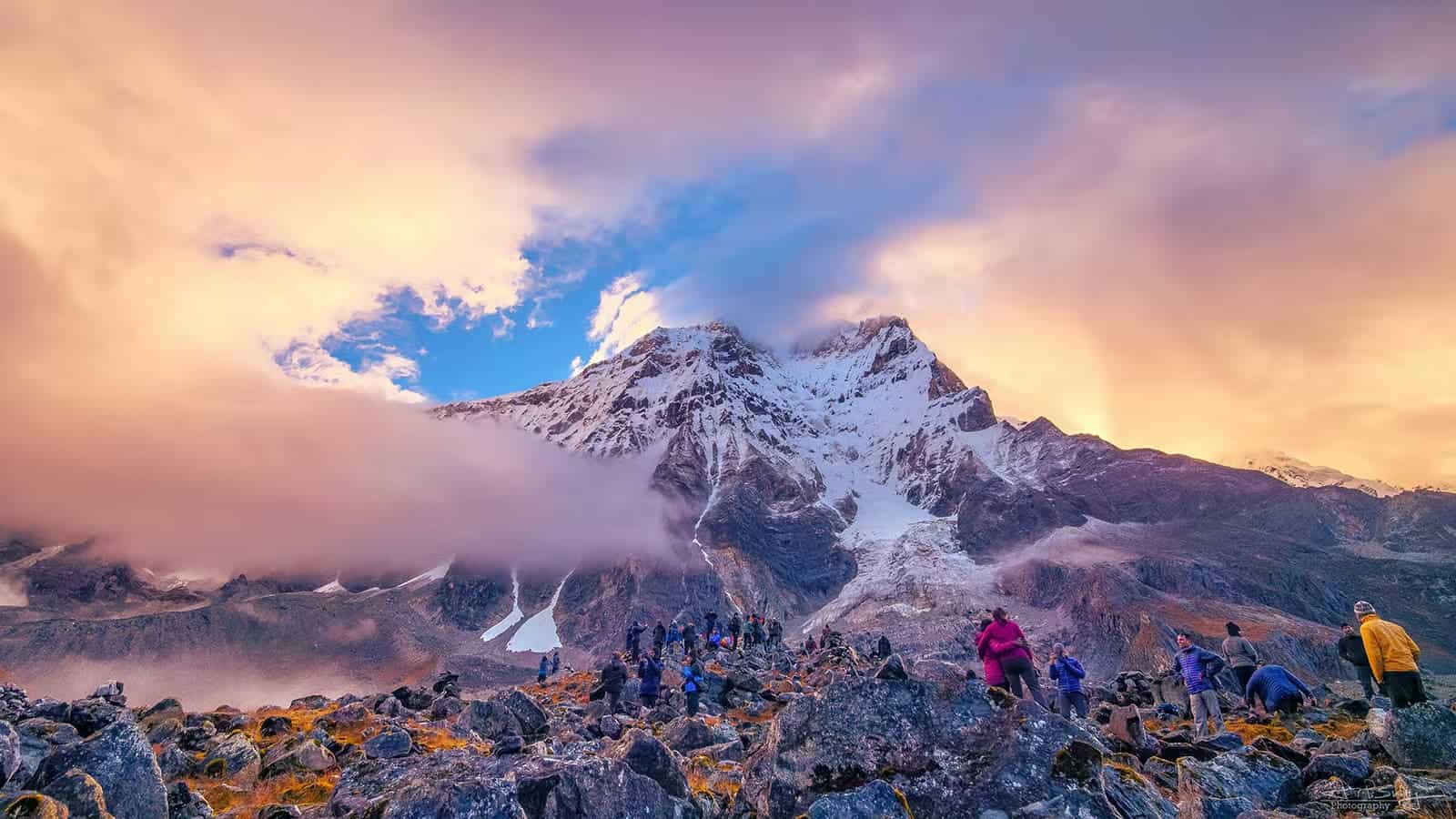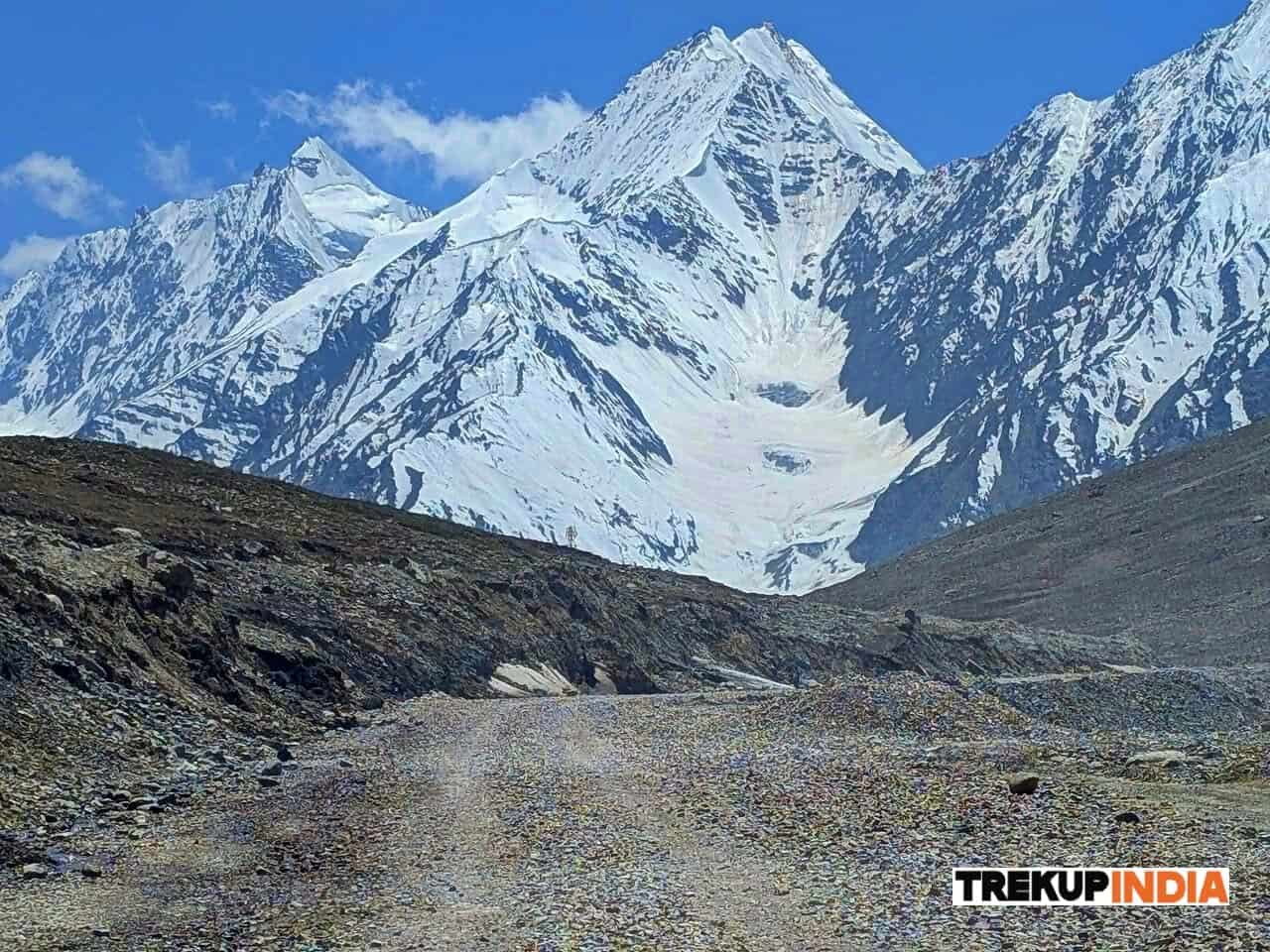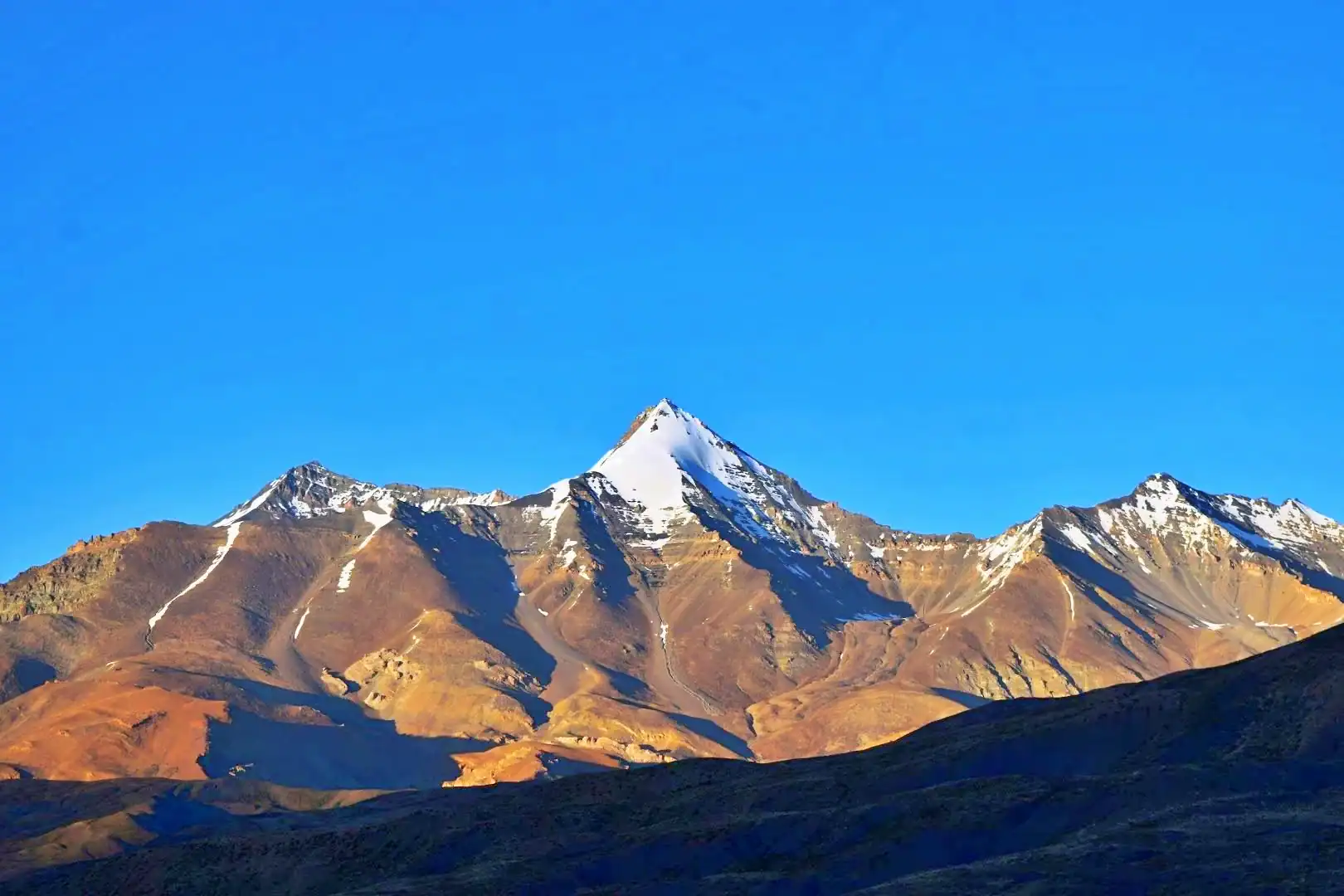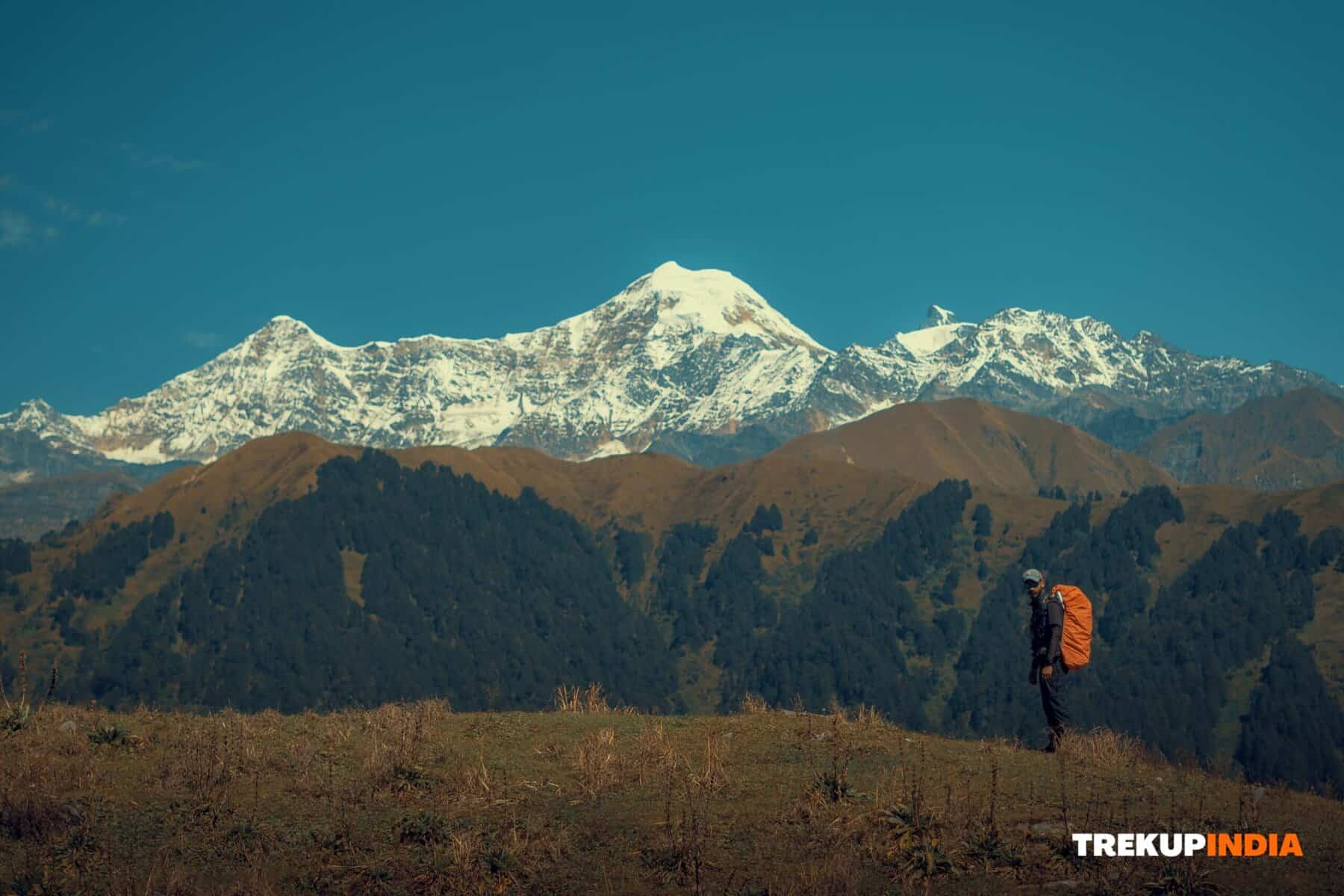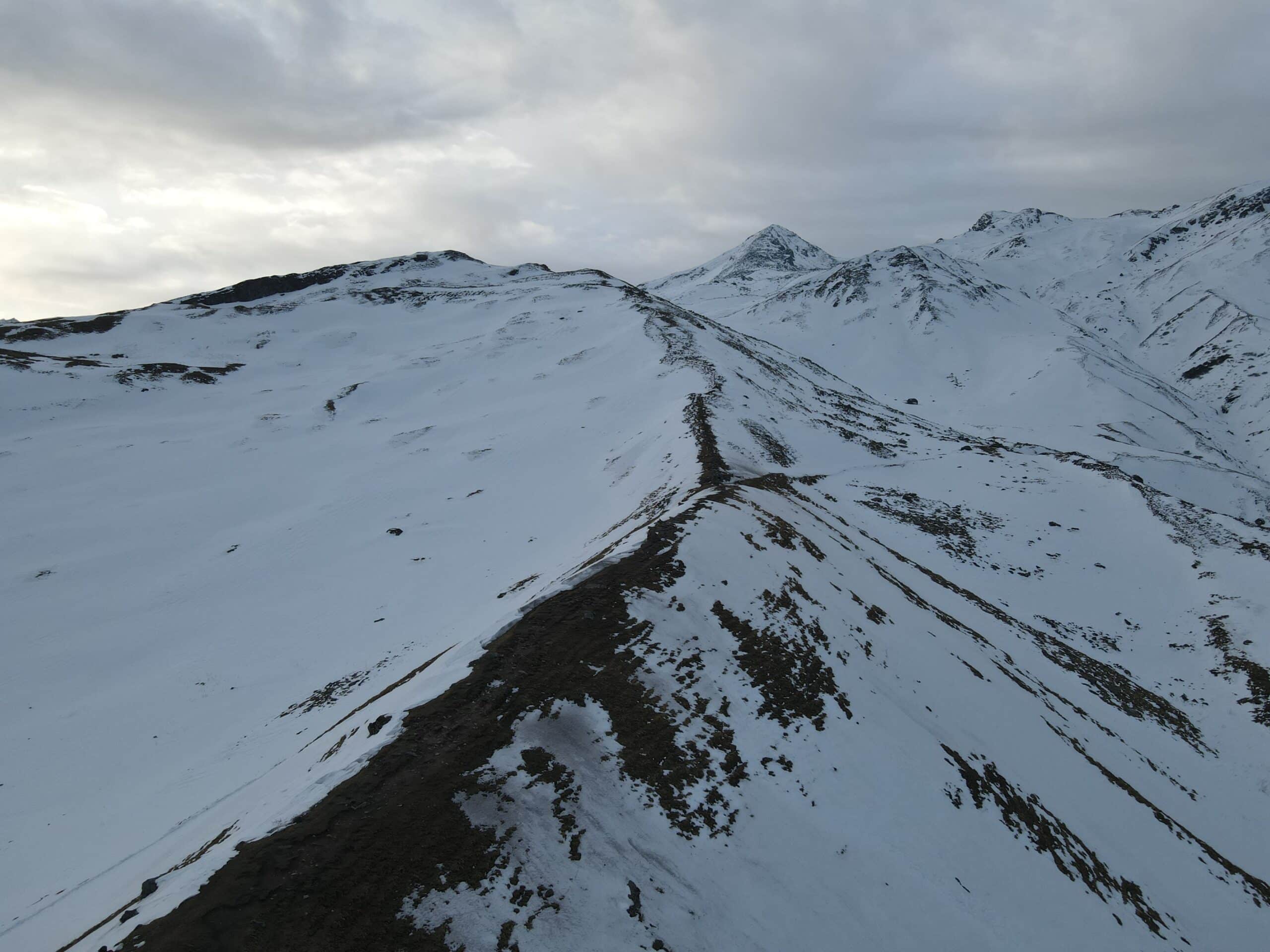Hydration Bladder vs Water Bottles: Pros & Cons
TrekUp India has witnessed people discussing hydration gear, much like they do about where and when to stop for tea on a trek. Many prefer hydration bottles due to their ease of use, while others opt for water bottles due to their convenience; each choice has its place which one you choose depends on your trekking design, terrain type, and personal preferences.
Let’s examine the advantages, disadvantages, and practical hacks to help you drink wisely during your next Indian trip.
Why Hydration Is More Critical in the Mountains
Trekking at high altitudes, such as Ladakh, Uttarakhand, or Himachal, can lead to dehydration due to air temperatures being much lower at higher altitudes than at sea level. Dehydration increases due to reduced atmospheric moisture and can increase significantly as you experience more exertion than usual during trekking trips.
- Exhaling releases moisture from the mountain air.
- Increased physical exertion (which results in more sweating and the loss of water).
- Due to the cold temperatures, thirst signaling is blocked.
- Dehydration at altitude can result in headaches, fatigue, and altitude sickness so water must be carried in such a way as to allow frequent sipping.
Hydration Bladders
Pros:
- Ongoing Rehydration: Sip and drink slowly without stopping to maintain an ongoing source of hydration.
- Hands free trekking: can be especially useful on difficult treks or when using trekking poles.
- Maintain Even Weight Distribution: Water should be carried back towards your back for even weight distribution and balance.
Cons:
- The material can become moldy if not dried properly and requires constant monitoring for signs of moisture leakage.
- Measuring intake can be tricky, there’s no easy way of telling how much water remains.
- Risks associated with leaks: Even a minor puncture can result in a soaked backpack.
TrekUp India Tip: When embarking on long trips, ensure your bladder is stored in a waterproof bag to prevent gear from getting wet in case of a leak.
Water Bottles
Pros :
Simple to clean: Clean up can be quick and simple when using wide mouth stainless steel bottles with wide mouth openings.
Easy Track Intake: It allows you to easily track what and how much you have eaten and consumed.
No special gear necessary: Just a basic bottle can do, from plastic to steel.
Cons:
Uneven Weight Distribution: Placing bottles side by side on one shelf may feel off balance.
Ice Freezing: Cold Weather bottles left outside their containers can freeze at higher elevations.
TrekUp India Tips: For winter treks, it is advisable to cover your bottle with a woolen sock or put it inside your backpack to protect it from freezing over. This prevents its contents from freezing inside and can save energy when trekking through cold terrain.
Hybrid Approach to do Trekking in India
Many experienced trekkers in India make use of both approaches:
Hydration bottles allow easy drinking while walking, providing easy hydration.
Use a water bottle as a backup when mixing teas with herbal or electrolyte infusions and for keeping track of how much water has been consumed.
Hydration Hacks: Set an automated reminder every 15 minutes to drink regularly. For optimal hydration, use tiny tape markers around the bladder’s pipe to remind you to sip frequently!
Use electrolyte tabs: during high altitude treks or climbs, especially during hot summer treks or climbing adventures.
Insulate the Tube: In cold temperatures, you can insulate your tube by covering it in insulation or tucking it inside a jacket.
Learn at Home: Drink from bottles during training treks so it feels natural when out trekking.
Conclusion
If you’re seeking to increase the amount of water you drink while trekking, there’s no one size fits all solution when selecting between hydration bottles and water bottles. Your selection will depend on your trekking style, route conditions and personal preference; bladders offer hands free drinking that helps avoid dehydration without slowing the pace; bottles offer simple designs in durability, strength and clean ability while for many trekkers in India the hybrid solution provides the most efficiency; with one for drinks on the go as well as emergency backup mixing electrolytes while monitoring intake.
Remember, the goal isn’t just drinking water but taking in regular doses to ensure both body and mind remain in optimum condition and ensure safety on the road. In mountain environments, water consumption shouldn’t just be seen as an activity or habit but as essential life support.
About Author

Anoop Rawat (Admin TrekUp India)
Anoop has worked for 5 years as a Trek Leader with TrekUpIndia, leading numerous treks across the diverse and challenging terrains of Uttarakhand and Himachal Pradesh. He holds a degree in Geology with a specialization in Geographic Information Systems (GIS) from UPES Dehradun. During his academic years, he actively applied his classroom knowledge in the field—most notably by contributing to a glacier research project on the Jundar Glacier in the Har Ki Dun Valley, Uttarakhand. Write Anoop at anoop@trekupindia.com
Share this article
Dates For Upcoming Treks
Want To Trek Like Pro?
Basically, watch these videos if you want to trek the same way professional trekkers do and make your skills better. These videos contain useful tips and techniques to further improve your trekking skills itself. These videos actually help both new and experienced trekkers improve their trekking skills. These videos definitely provide useful tips that make your trek better. We are seeing that these videos by Trekup India experts will only help you make your trekking skills better.
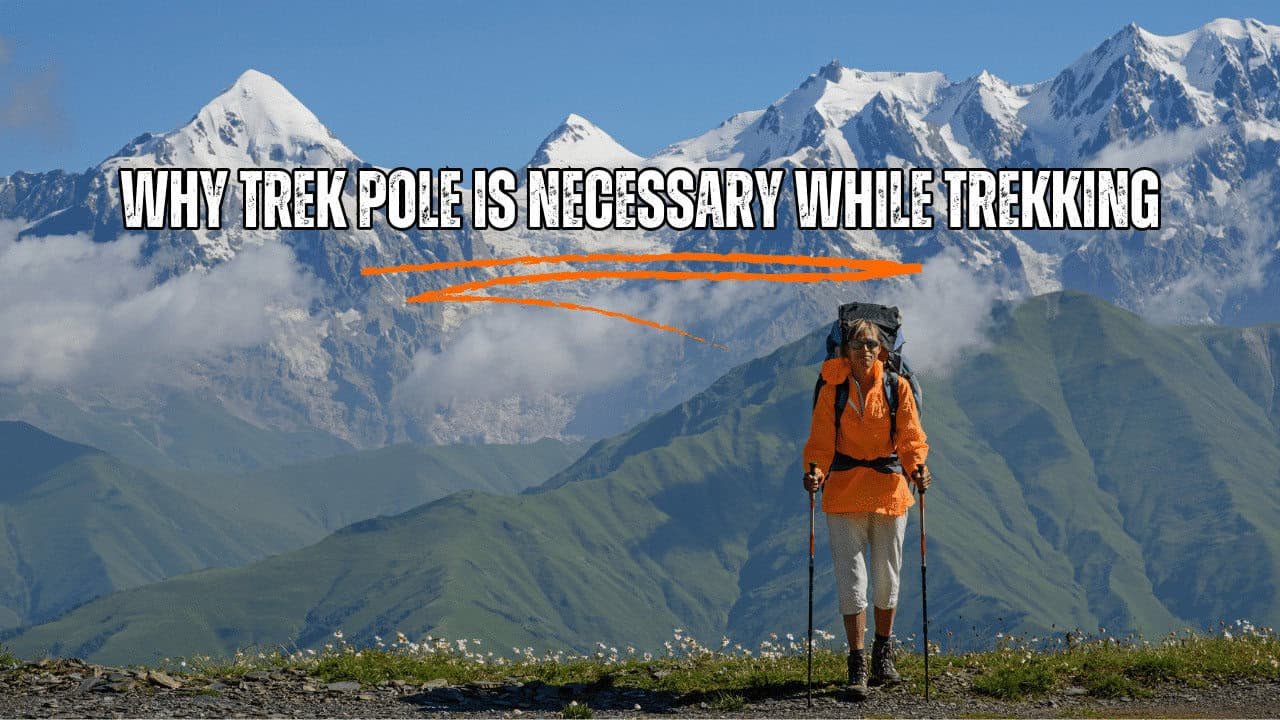
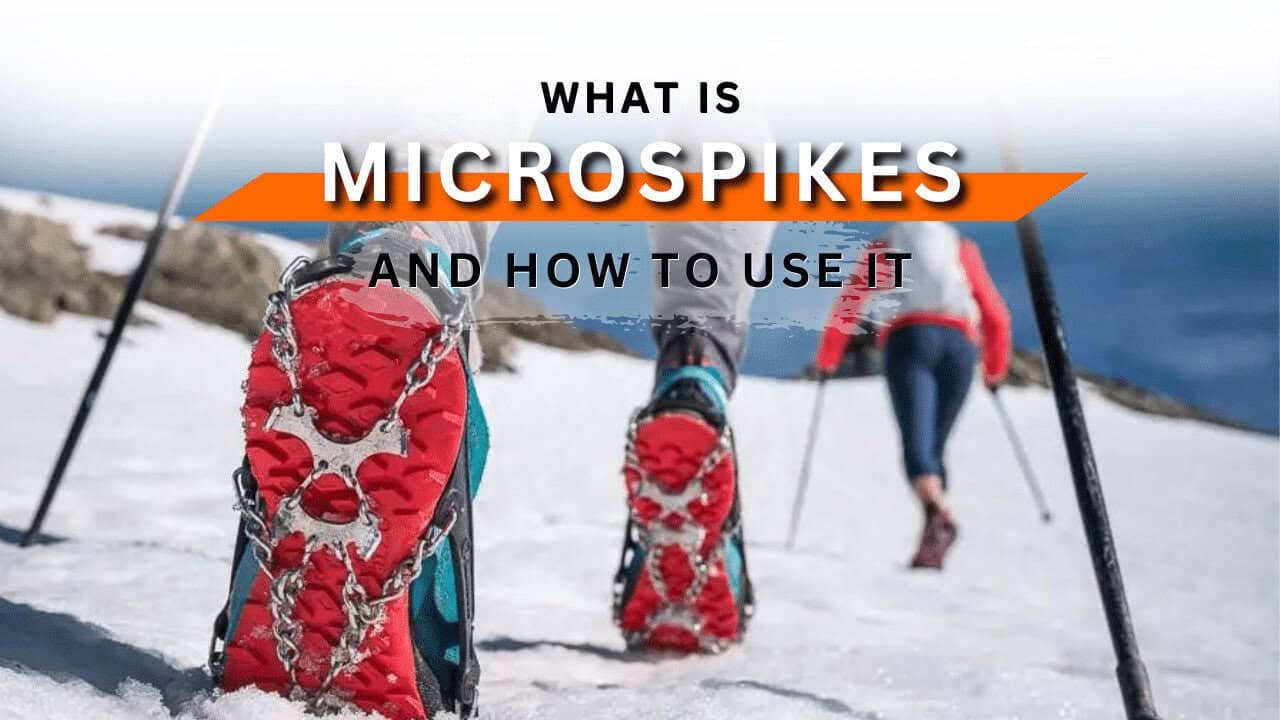
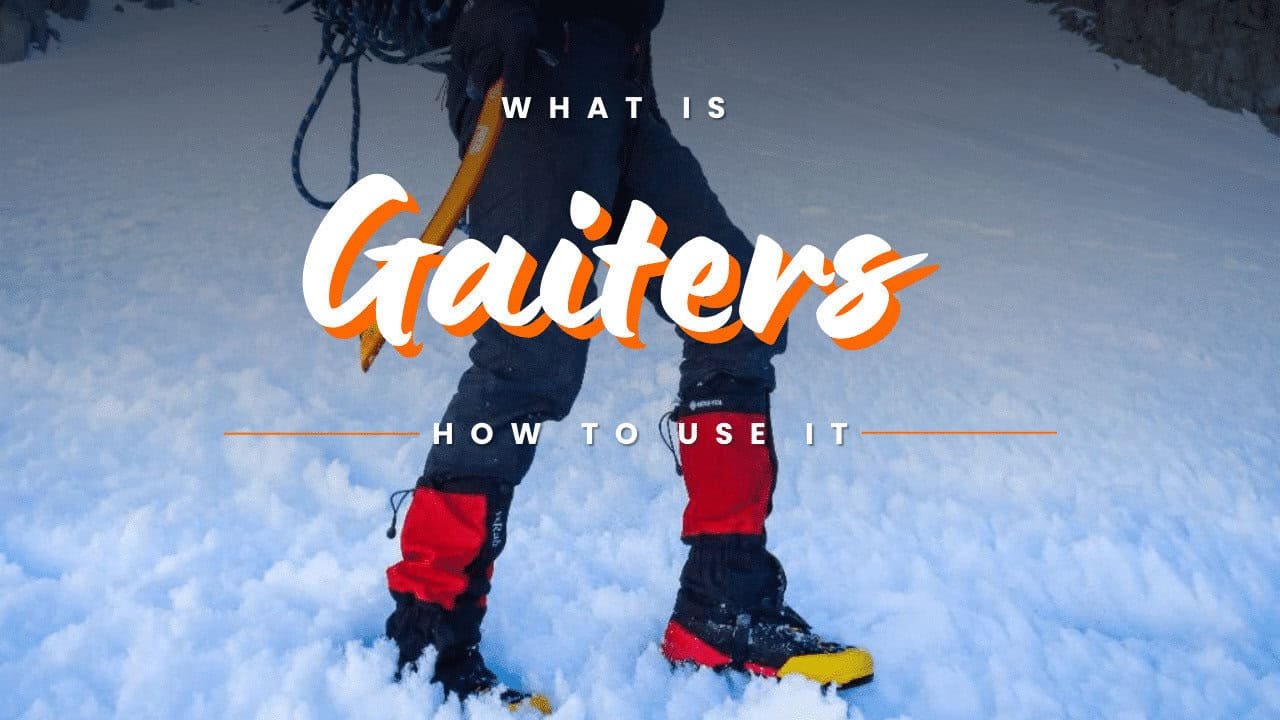
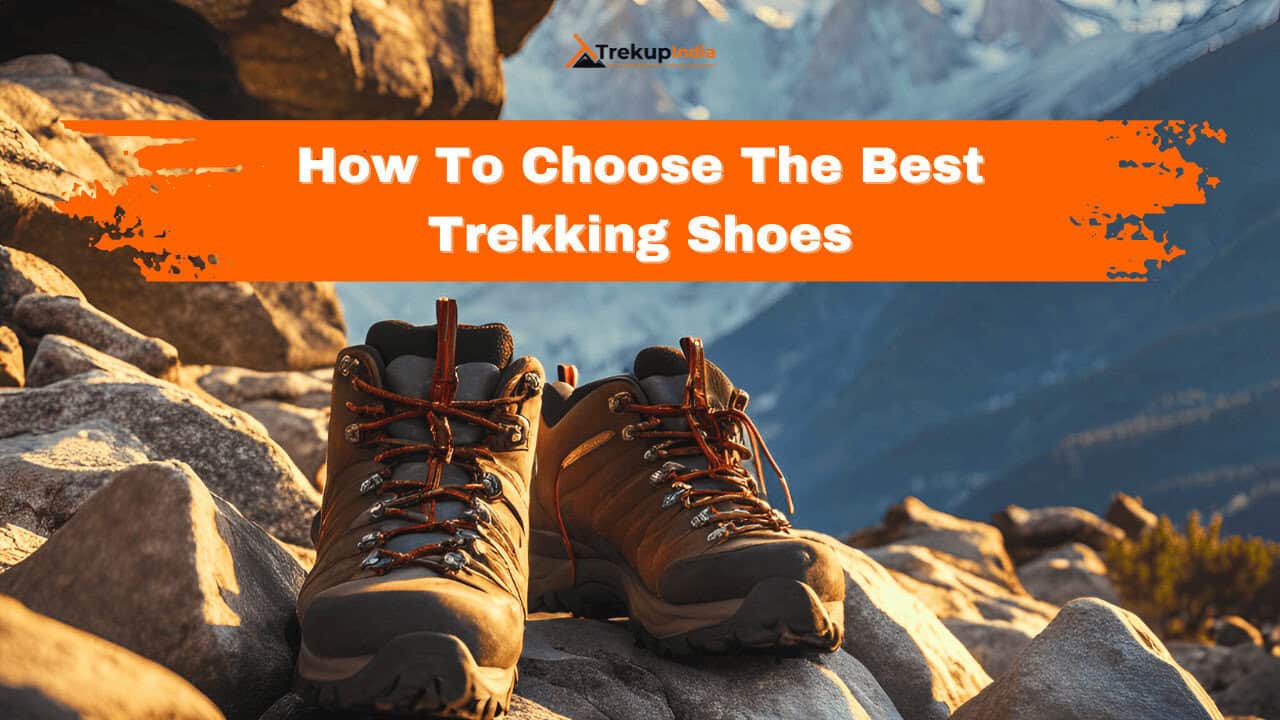

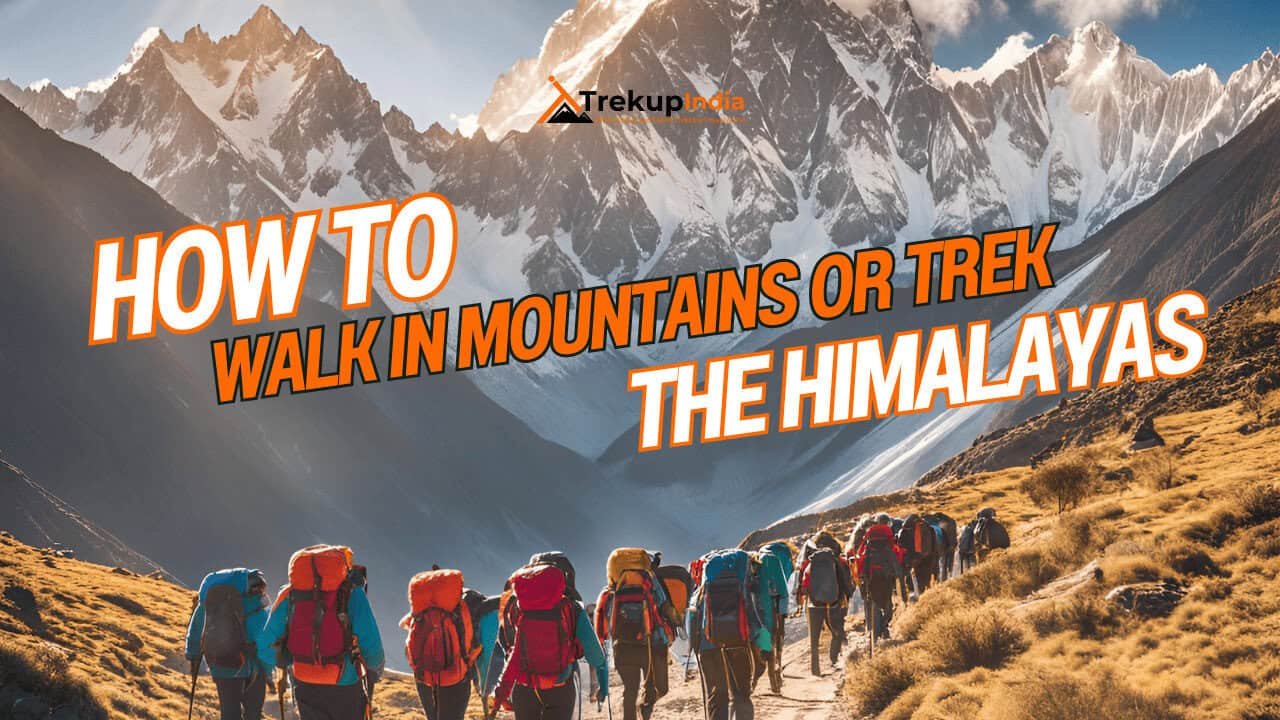

Know Everything About Acute Mountain Sickness
Acute Mountain Sickness occurs when people trek to high altitudes above 8,000 feet. This condition itself develops further due to reduced oxygen levels at such heights. Basically, as you go higher up, the air pressure and oxygen levels decrease, which causes the same problem. Acute Mountain Sickness surely causes headache, nausea, vomiting, and dizziness in affected persons. Moreover, peoples also experience difficulty in sleeping during this condition. To avoid mountain sickness, you should actually trek up slowly to higher altitudes. To learn further about this condition itself, watch the videos by Trekup India.
